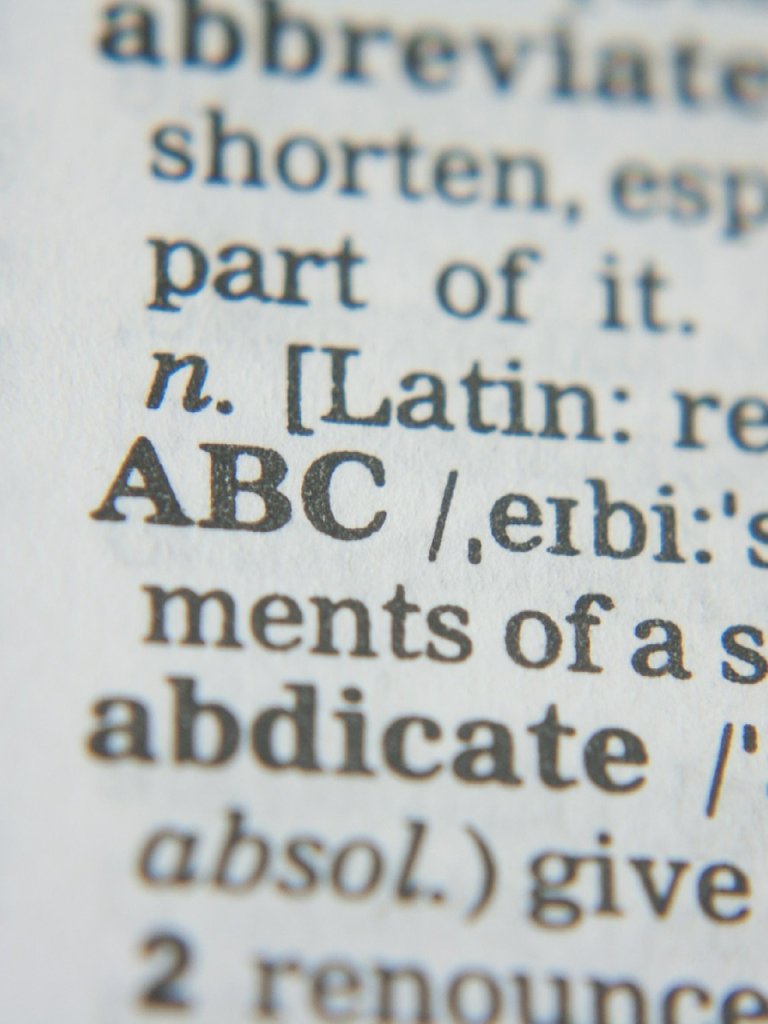<iframe width="560" height="315" src="
frameborder="0" allowfullscreen></iframe>Look, I know that Duolingo is loved by thousands - if not millions - of people who want to learn a new language.
You just download the app, select your target language, and wham! before you know it you're earning badges and well along the way to learning your desired language.
Well, I'm sorry to inform you but, Duolingo won't make you fluent. Here's just a few reasons why:
- There's a limited amount of vocabulary
- There's a lack of real-world audio content
Limited Vocabulary
Having a large vocabulary base - an active and passive vocabulary base - is crucial when it comes to progressing in your language learning.
Although there isn't a general consensus among linguists, translators, and language learning enthusiasts about how many words you'd need to have in order to reach "fluency" many do agree that you'll need a few thousand words to be able to begin conversing. This word range falls somewhere between 1,000 - 3,000 words.
Using Duolingo will expose you to a lot of words as you begin picking up badges, but you'll eventually reach a limit on this exposure and will need to find other ways of increasing your vocabulary base.

No Real-World Audio Content
Having good listening comprehension is just as important as the ability to read and understand text, but this listening comprehension goes beyond just identifying basic words, simple phrases, and rudimentary sentences.
Listening to native speakers in your target language discuss real-world situations is super important for reaching your language learning goals.
This is where Duolingo missed the boat big time. You see, when natives are speaking, they don't speak like books. Nothing is academic at all in these conversations.
So although you may be able to understand the basic words and phrases that you hear in Duolingo's text-to-audio feature, when it comes time to interacting with the native speakers of your target language you'll be at a disadvantage due to your lack of real-world listening comprehension.
All in all, Duolingo is a kin to riding a bike with training wheels. It can help you in the beginning, but you'll need to take those training wheels off and fall down a couple of times before you can reach your language learning destination.
Good post! I couldn't agree more, I wouldn't recommend doulingo to anyone but the most basic of beginners, or someone who is going to a new country for a week or two. My biggest problem with doulingo and apps like it, is that they sell them selves on being a fast and easy way to learn a language. The hard truth is that there is no fast way to learn any language.
Many languages take years to become fluent, the only way I've found to speed up the process is to work hard everyday and immerse yourself in that language (live in a place where it is the native language if possible)
It would be presumptuous to say that Duolingo is the best way to learn new language. But be sure that it is one of the best tools there is for complete novices in any language. Only when you reach at least 1000 words in new language, basic phrases, basic grammar, only then you can start expanding your knowledge with different tools towards ultimate goal of speaking a language fluently.